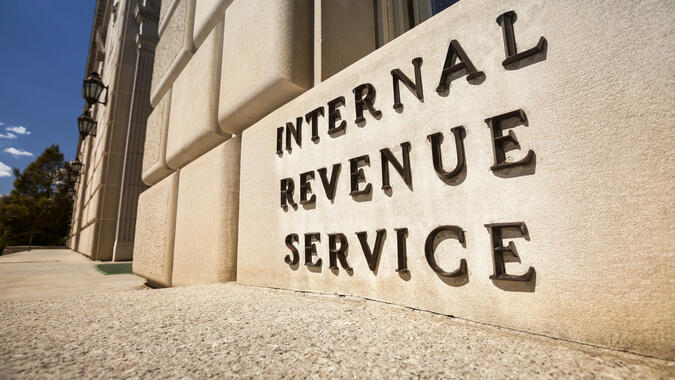Disposition of Forfeitures in 401(k) and other Defined Contribution Plans
- Published
- Feb 27, 2014
- Share
Companies who sponsor a 401(k) or other defined contribution plan have a good understanding of the costs associated with offering a Plan, including administrative expenses, matching contributions and perhaps even additional employer contributions to attract employees. Most defined contribution plans have a vesting schedule associated with the employer contributions. When an employee terminates prior to becoming 100% vested, they are entitled only to the portion of their account balance that is vested. Depending on the provisions outlined in the Plan, the nonvested portion that is forfeited may be used to offset administrative expenses of the Plan, matching contributions and additional employer contributions. Plan administrative expenses may include annual Form 5500 preparation services and 401(k) audit as well as day-to-day operational fees for recordkeeping, accounting, legal and trustee services.
In the event the Plan document allows forfeitures to be utilized by Plan Sponsors to pay plan expenses or fund employer contributions, forfeitures are often “found money” that helps the Company’s cash flow. Instead of wiring funds from the general assets of the Company, the Plan sponsor instructs the recordkeeper/custodian to use the money that is sitting in the Plan’s forfeiture account.
Plan sponsors of defined contribution plans must have procedures in place to ensure that proper disposition of forfeitures occurs annually in accordance with the Plan documents. Third party administrators can be helpful in this regard. Sometimes the forfeiture balance is set up as a participant named “Mr. Forfeiture.” The recordkeeper / custodian should be able to provide the annual activity in the forfeiture account and the balance.
There may be consequences for plans that do not properly dispose of forfeitures per the terms of the plan document. This may be an operational defect that could impact the tax qualified status of the defined contribution plan.
Pursuant to IRS regulations, forfeitures must be used or allocated in the same Plan year as incurred and not be accumulated in a suspense account over several years. “Revenue Ruling 80-155 states that a defined contribution plan will not be qualified unless all funds are allocated to participants’ accounts in accordance with a definite formula defined in the Plan. Treasury regulations § 1.401-7(a) notes that forfeitures must be used as soon as possible to reduce employer contributions”. Plan Sponsors should refer to the Plan document to determine how and when forfeitures will, or must, be used and to establish procedures to monitor the forfeiture accounts to ensure the funds are disposed of timely and in accordance with Plan provisions.
Related Pages
Contact EisnerAmper
If you have any questions, we'd like to hear from you.
Receive the latest business insights, analysis, and perspectives from EisnerAmper professionals.










